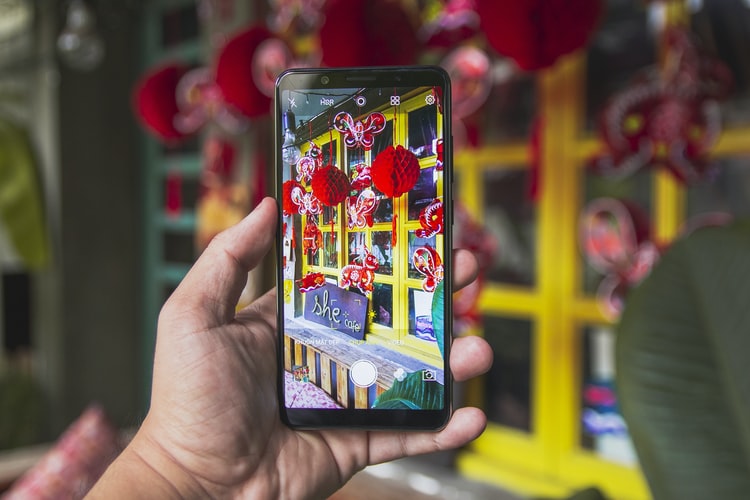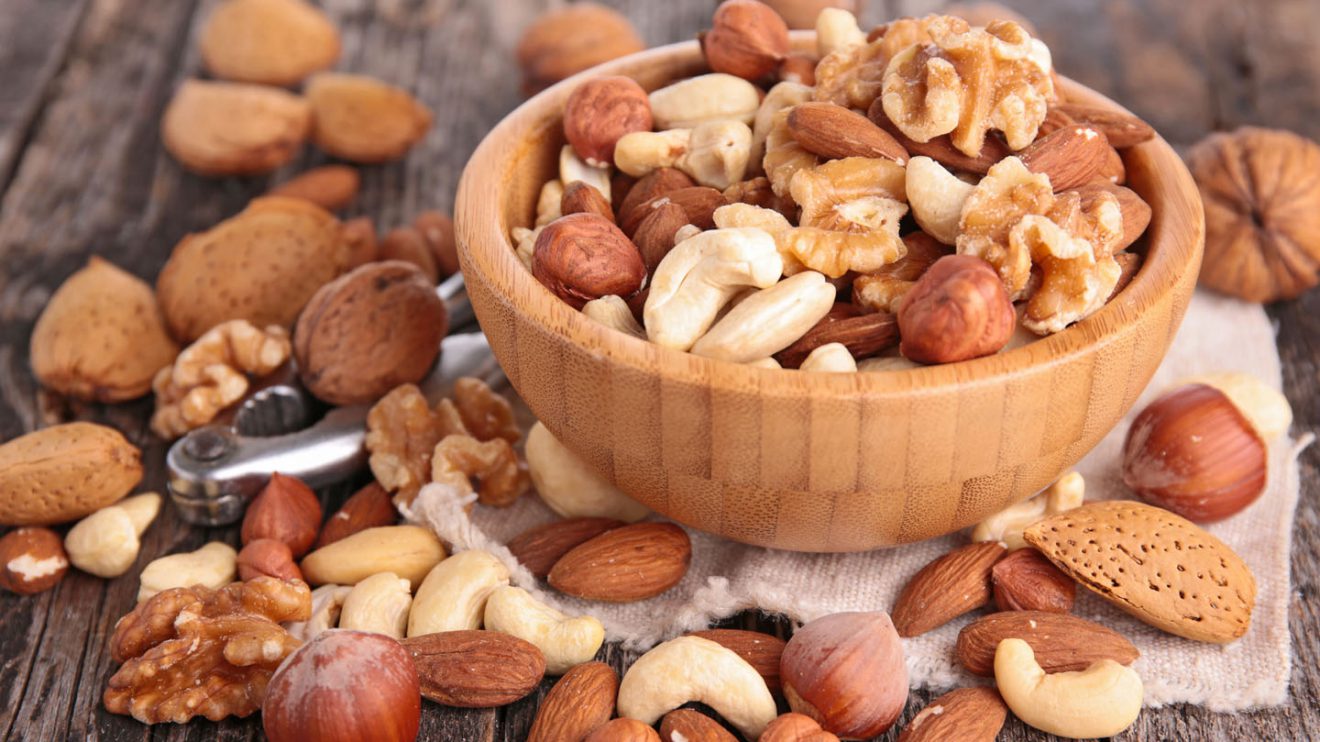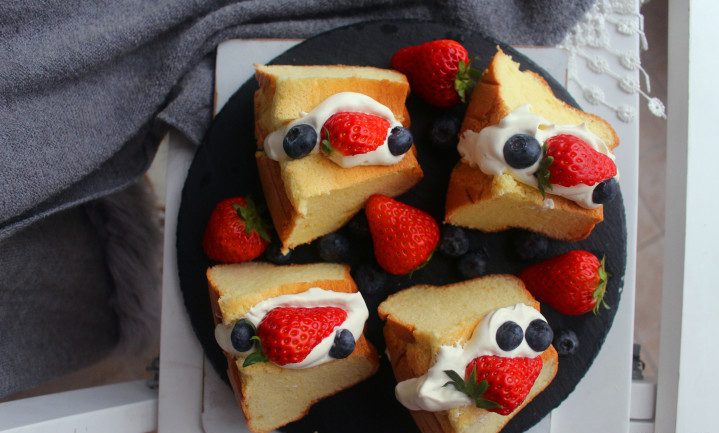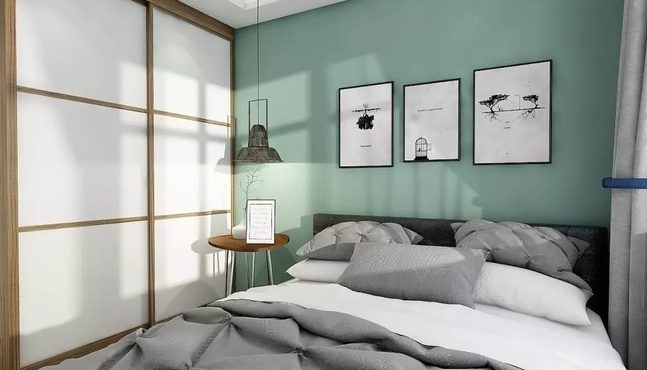When we encounter such a scene, the better you record, the closer the people who see your photos will feel that you were touched at the time. So photography is a vehicle that allows people who see your photos to empathize with you. So if you want to record well, you can rely on the photography skills we usually say. I divided photography skills into 4 areas. Framing, exposure, virtual reality, and composition.
Framing is to determine what elements are in your picture and in what state these elements appear.

I will ask my students what the picture above was taken. Except for occasional over interpreters, most people say this is a cat. Very good, this is the viewfinder. I wanted to shoot this cat at the time, so let people see this cat at a glance in the viewfinder.
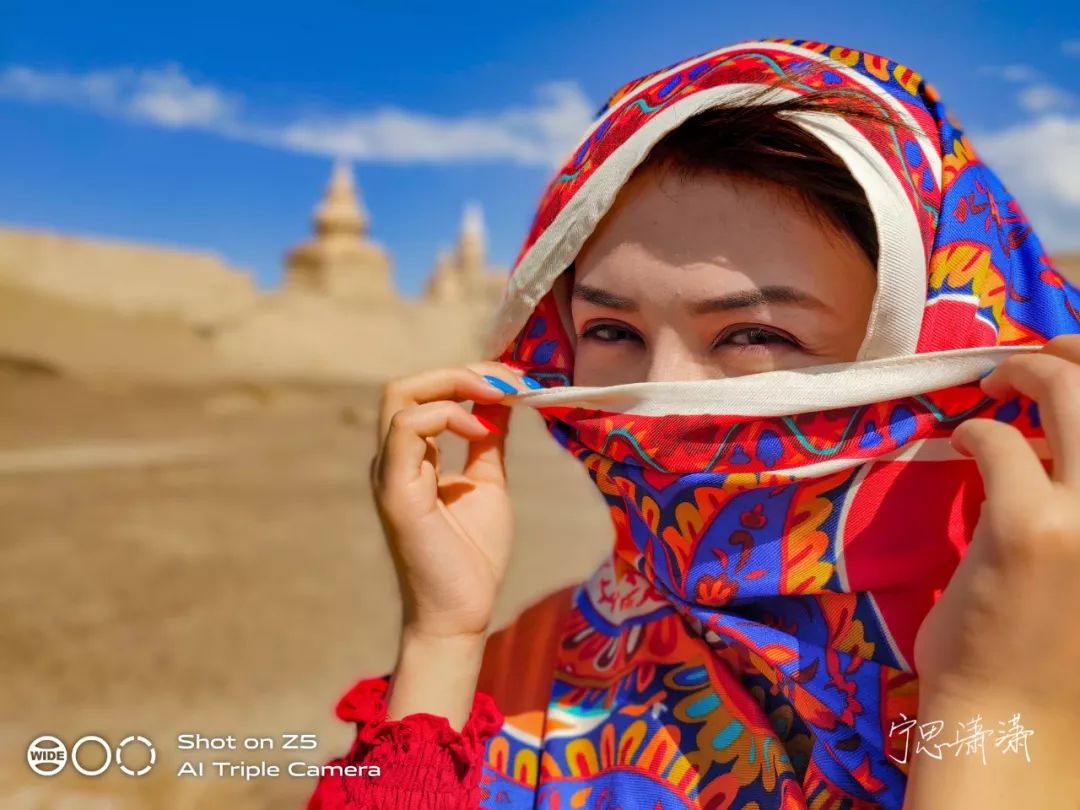
Or when we want to take beautiful photos, your model should be a beautiful woman, after all, the premise is that we want to take beautiful photos. Of course, when you want to photograph the vicissitudes of the old man, your model should be the vicissitudes of an old man. At the same time, the facial expressions and postures of the beautiful women must conform to the settings of the beautiful women. If you want a sense of vicissitudes, don’t shoot when the elderly are pretending to be young. When framing, we must pay attention to the content of the view, the view range, the timing, and the view angle. This is the viewfinder, which determines which elements in the picture and the state of each element in the picture. Framing will be what you need to learn all the time in photography, and it is also the most difficult and most important.
Exposure is simply the light and dark of a photo. To be more complicated, it is to control the brightness of each element in the photo.
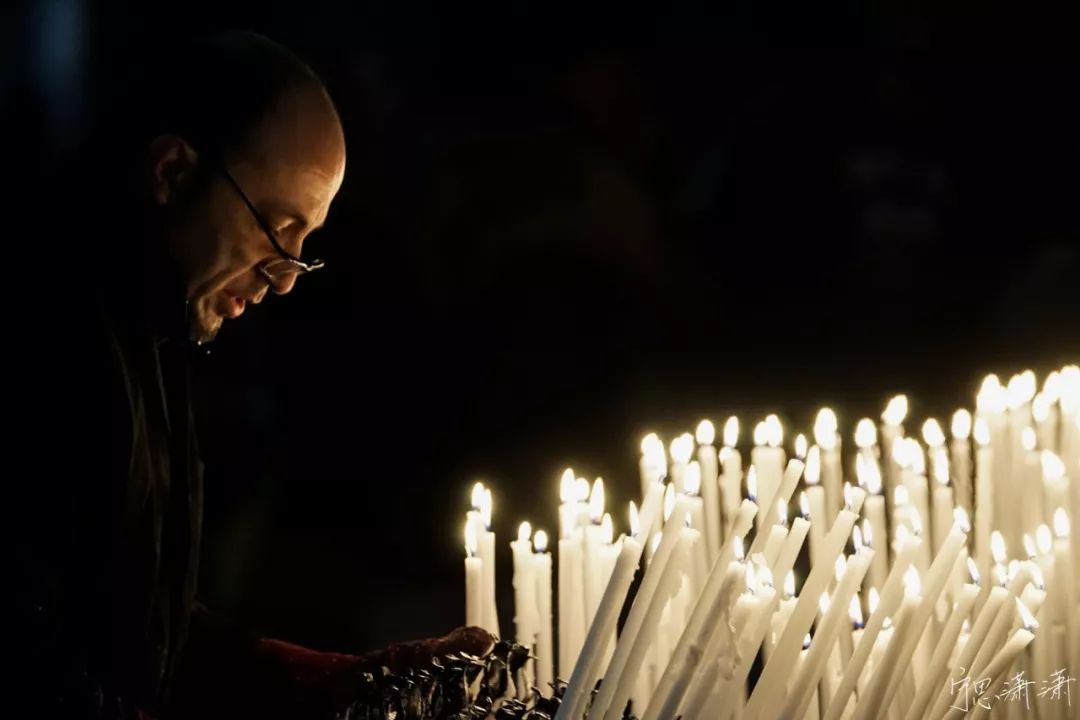
For many novice photographers, exposure is a barrier to learning photography. I see that many people are entangled in M gear every day, entangled in spot metering, entangled in how to meter.
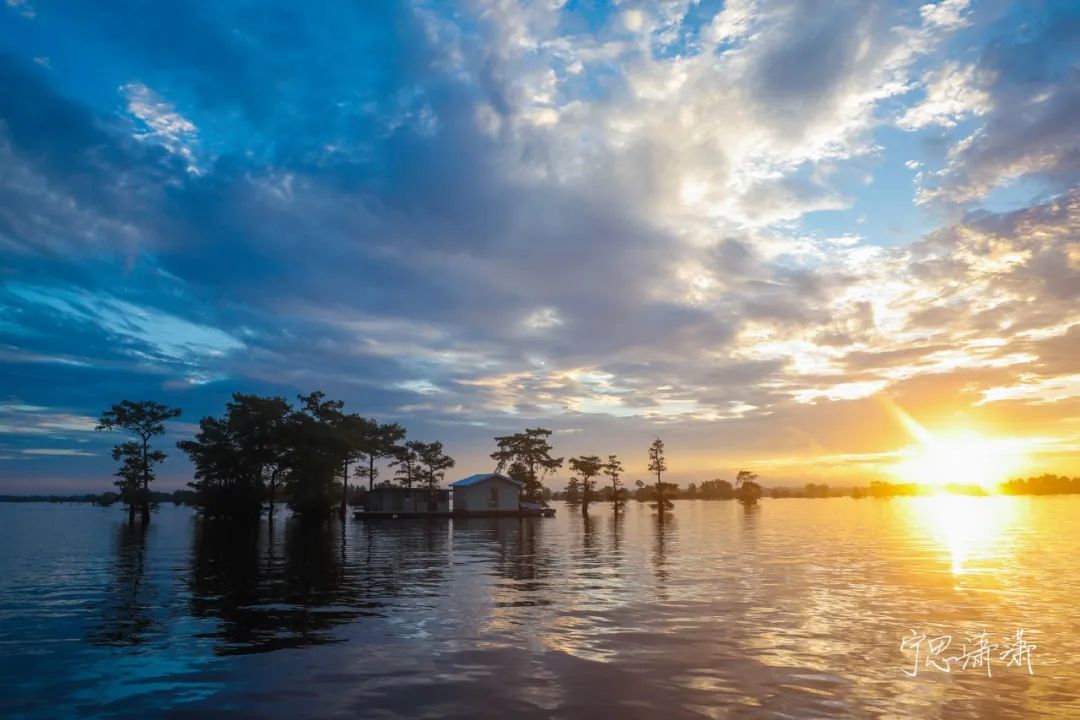
In fact, when you really learn how to do exposure, you will find that these are not problems. Because exposure is simply a technique that determines the brightness of each element in your photo. Exposure We need to know the effect of overall exposure on the picture. Also know how to adjust the local exposure, increase or decrease the brightness contrast of each element in the picture. At the same time, the color performance of the picture is also included.
In many photos, we can see the combination of virtual and real. This is the virtual reality technique. This technique allows us to decide which elements are clear and which are fuzzy.

For example, the “large aperture background blur” we often say is achieved by using “depth of field”. I will talk about what depth of field means later.
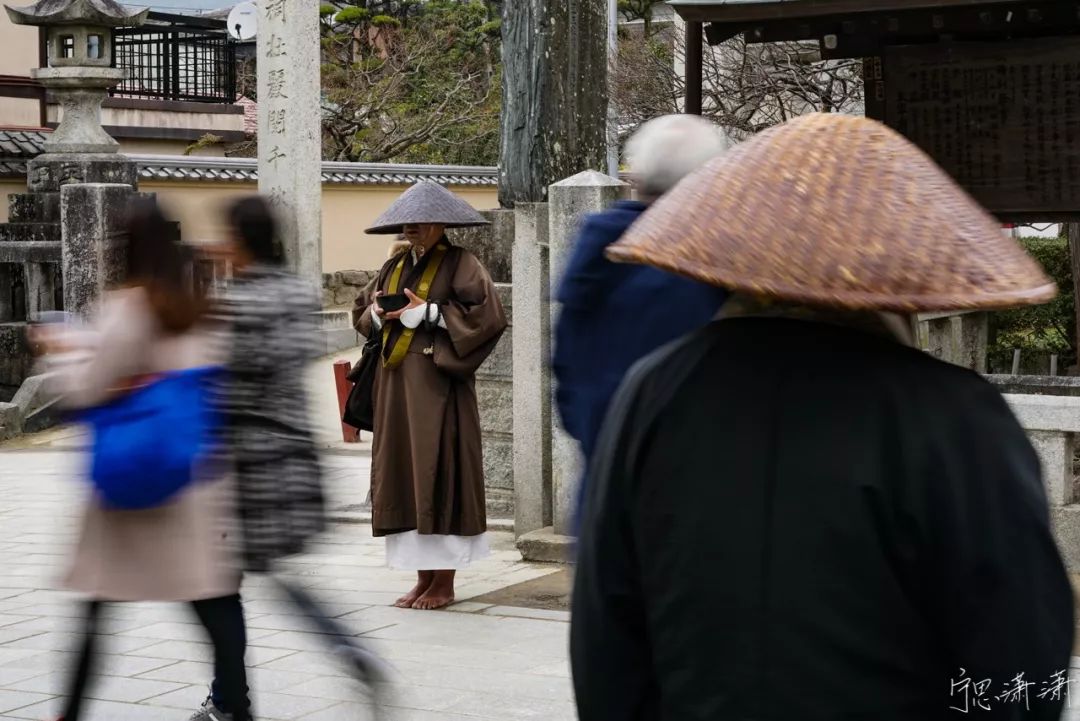
But the reality is more than that, moving objects will also appear blurred under slow shooting. So virtual reality is not just a “large aperture”, there are many ways to achieve it. In terms of virtuality and reality, we must understand when to be comprehensive and clear, and when to combine the virtual and reality. What are the methods of blurring?
When it comes to composition, many people confuse it with framing. In fact, the correlation between the two is really great. But when you talk about composition, you know the difference between the two. The composition does not determine what elements are in the picture, nor does it determine the state of these elements. The composition is mainly to determine where these elements are placed in the picture.
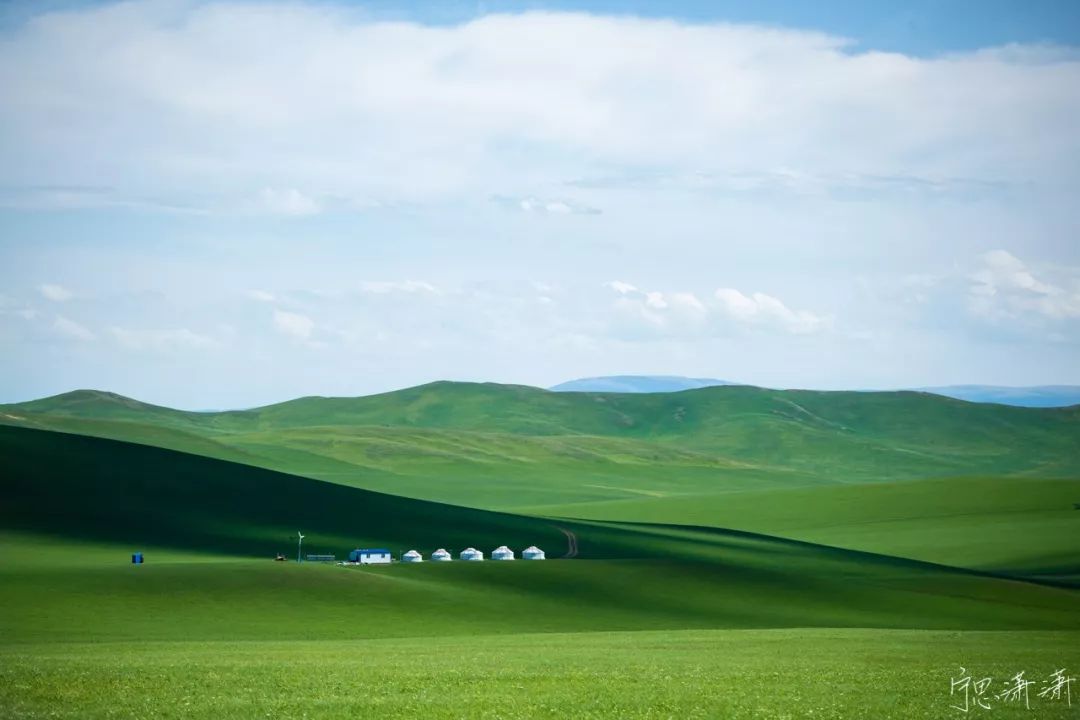
Although we often see how many examples of composition—generally hundreds of them, or no matter how the composition is wrong, and so on, some eye-catching articles. In fact, for photography, there are two basic composition methods, and there are also some composition methods that are determined according to the shooting scene.
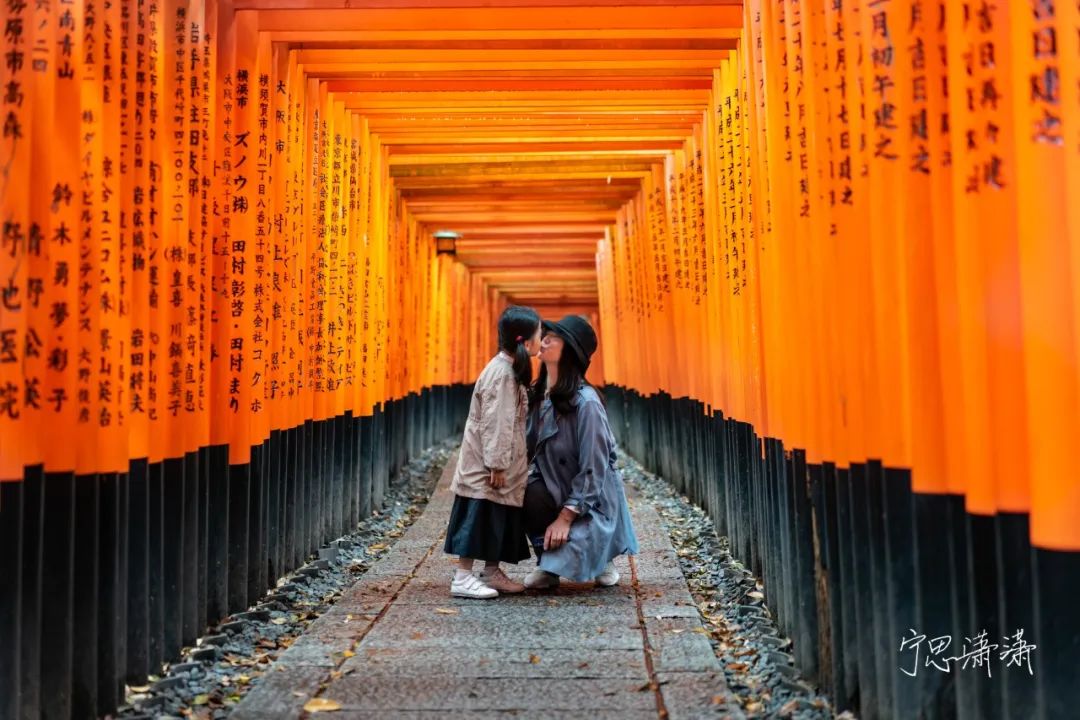
Composition means that we have to learn to make the picture look comfortable, or other feelings that fit the subject of the photo that you want to express.


